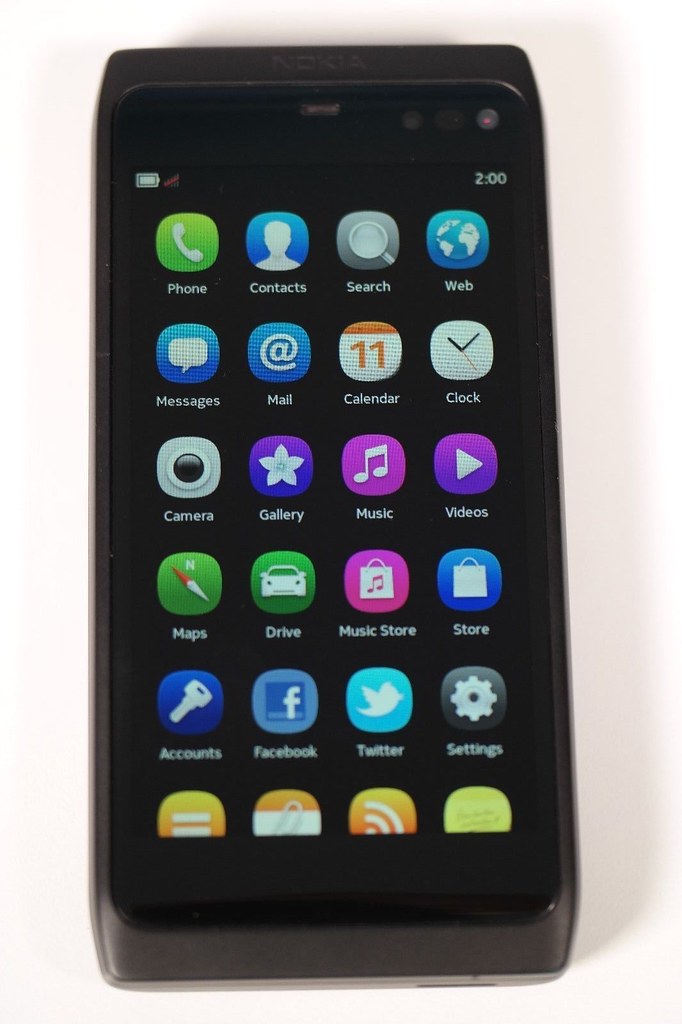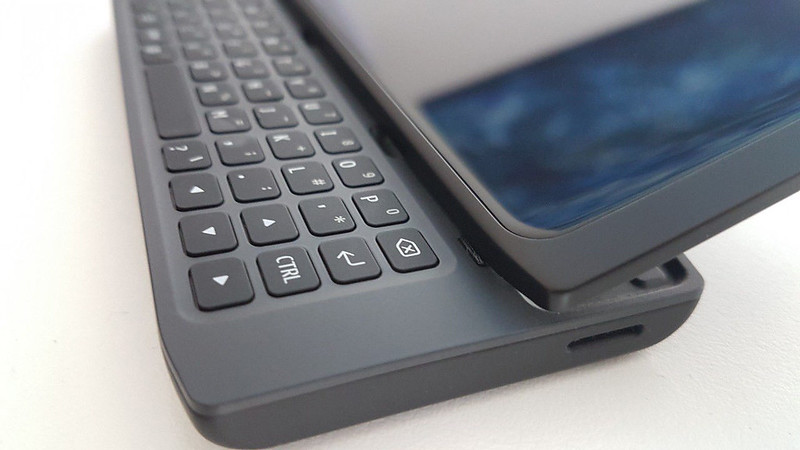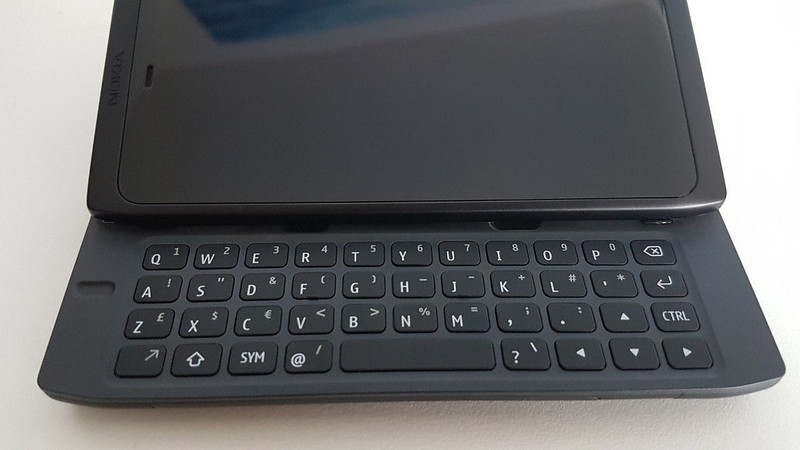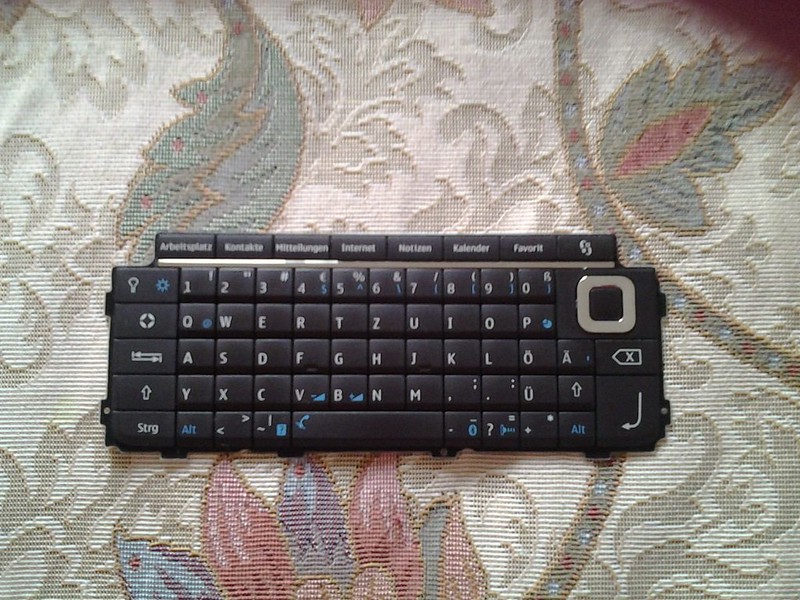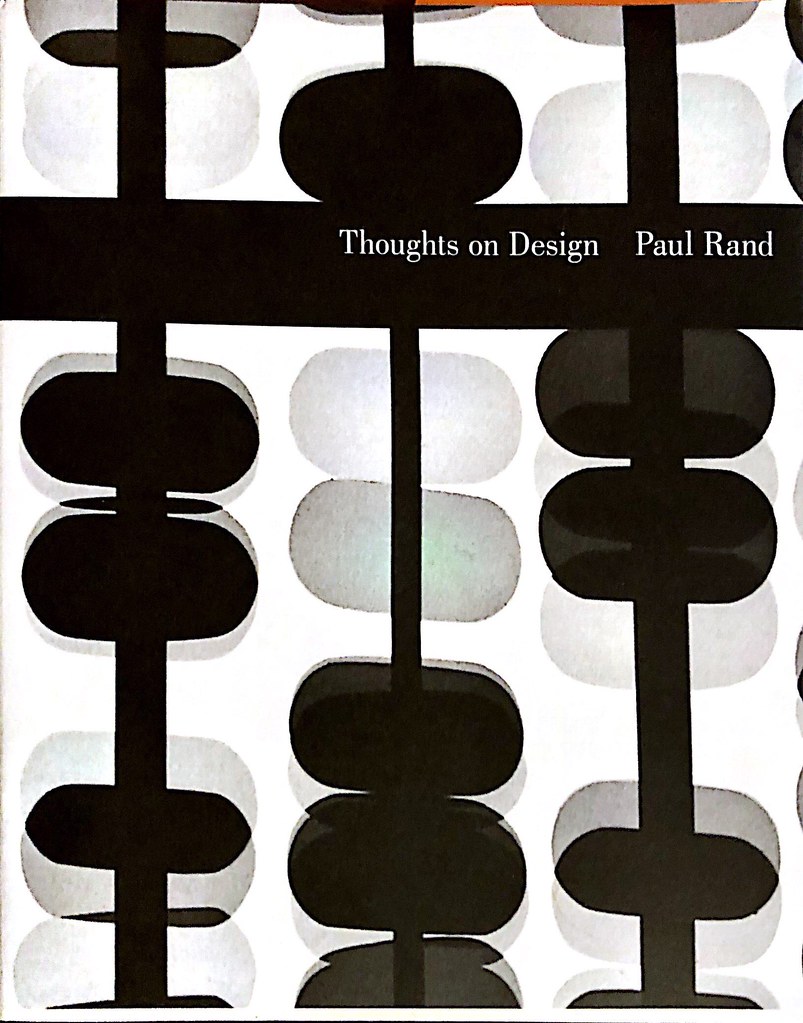Aston Martin Will Make Old Cars Electric So They Don’t Get Banned From Cities – Slashdot – surprised more companies like Porsche aren’t doing this. This upgrade process reminded me of the service that Bristol Cars have provided for years. Like Aston Martin has planned, Bristol Cars has steadily upgraded cars with better brakes, handling, electronic fuel injection and more emissions friendly engines. Their purchase by Fraser Nash is now looking at an Aston Martin like electric upgrade service. More luxury related content here.
Exclusive: Amazon’s Alexa begins crowdsourcing answers to common quest – reminds me of the original thinking behind Yahoo! Knowledge Search (what begat Yahoo! Answers) when I first heard Jeff Weiner articulate it
Mark Ritson: The story of digital media disruption has run its course – Marketing Week – It’s hard to get emotional or feel any of the romance of news media from a home page, but the paper edition carries with it the great cultural power of journalism. Print editions will become the ‘couture’ offering of the news brands – loss-making but important assets for building and retaining authority and influence over the market
WSJ City | Britain’s stock link to China falls flat – many larger foreign institutions can already access mainland-listed Chinese stocks via trading accounts in Hong Kong. – Not terribly surprising. The big problem is how much hope had been pinned on it from a Brexit point of view
Unilever’s rules for influencer marketing | WARC – that its influencer efforts focus not just on a product, but on attempts to covey a brand’s purpose – as shown by Dove, the personal care line, focusing on “real beauty”. “We are using influencer marketing for Dove across the whole spectrum. In some cases, we use influencers to talk about the features and benefits of the products,” Di Como said. “But, more and more, we are using them to talk about the idea to buy into – to talk about the brand value, of why the brand exists, and the purpose of the brand.” “There is an obsession that the only KPIs out there are ‘reach’ or ‘number of followers’,” said Di Como. “We need to talk about what the real impact is on brand equity – the real impact on the values of the brand.” – which is interesting as I heard that there were efforts to move away from brand tracking surveys and instead interpolate the equivalent data from social listening
Apple Offers New iPhone Promo Deals, Trade-Ins to Boost Sales – Bloomberg – I think the market in general for smartphones is over-baked
Bose Global Press Room – Bose Announces Frames — A Revolutionary New Wearable – this looks interesting, if they get it to work and you have enough connectivity to the cloud
46 insurgent brands shake up China’s FMCG market – Kantar – the redefinition of consumers, merchandise and stores known collectively as“New Retail.” China’s consumers have growing expectations for tailored and specific offerings, which creates many niche opportunities for insurgent brands to capture. The traditional scale advantages of incumbents, such as large sales forces and large retail shelf space, have in some ways turned into disadvantages by digital disruption. For example, the e-commerce channel can reach millions of consumers without a single sales rep, and online platform advertising can reach millions of consumers with much lower budgets than traditional brands typically spend
Volvo & Ericsson – Scroogled? – Radio Free Mobile – interesting article looking at Google’s move into automotive systems
